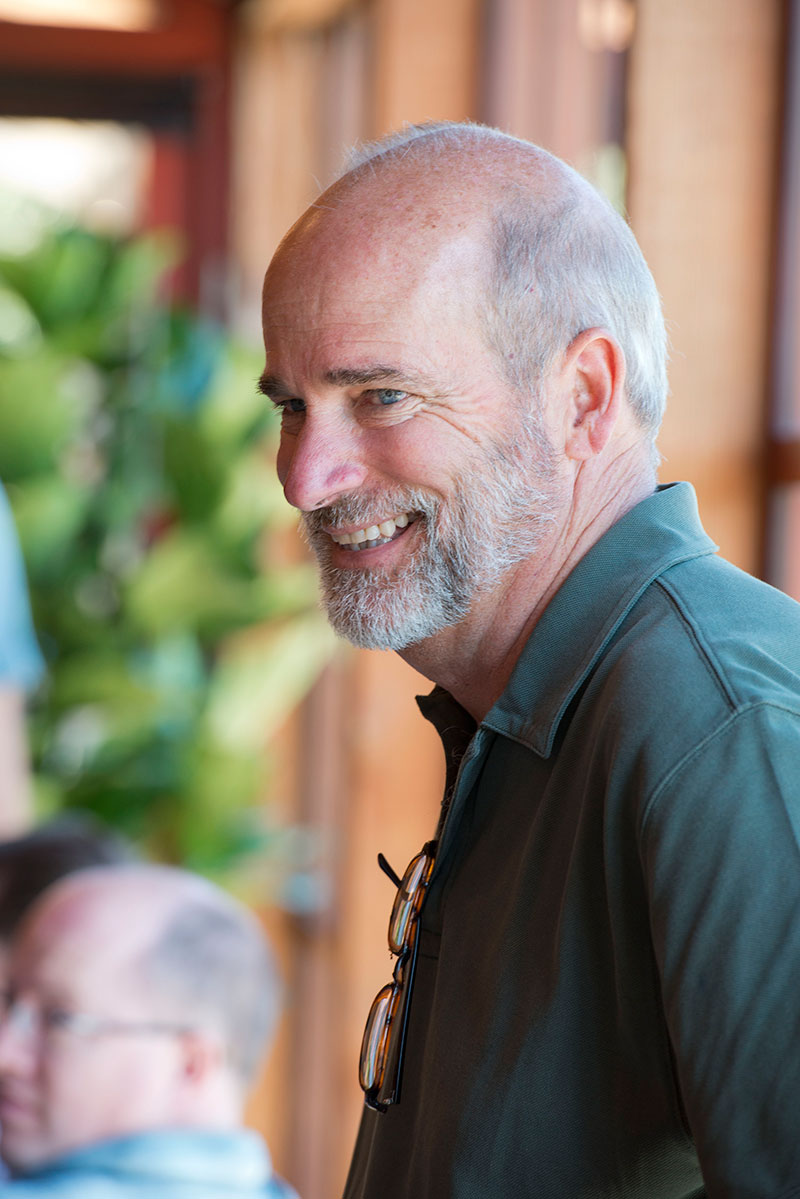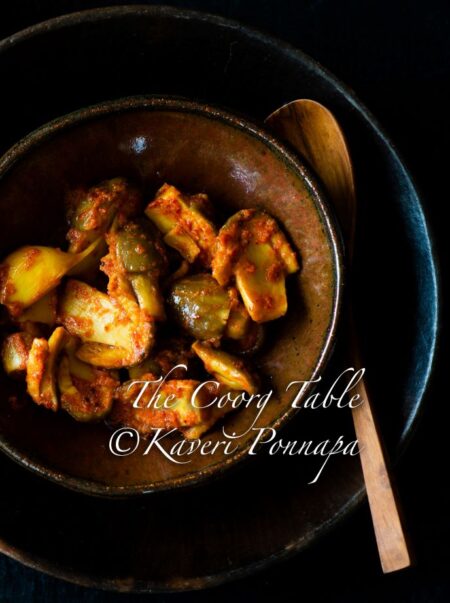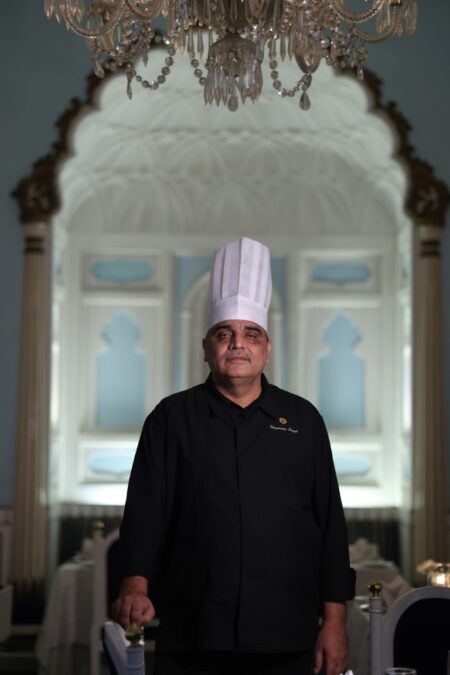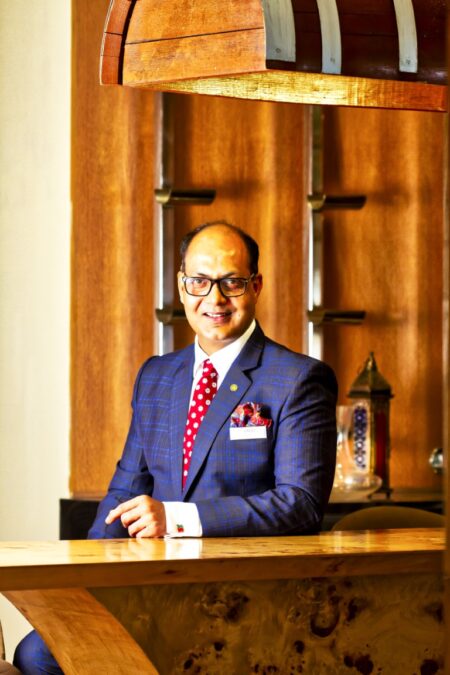Napa is seeing exciting times at the moment There’s a great mix of mature, 15-25 year old vineyards; a number of experienced winemakers; older wines that are ageing beautifully and wines being made today which have even more of that potential. A lot of people are coming into the Valley wanting to make the best wine, notes Bruce Cakebread, who has had the opportunity to observe trends at first hand during his two terms as President of the Board of the Napa Valley Vintners Association. “There’s a ferment of new ideas”, says Bruce, having seen the membership of the Association grow from 300 to over 500 in the span of about four years.
The Cakebread family legacy, started in 1973 when Jack and Dolores Cakebread bought the Sturdivant ranch in Rutherford, is closely linked to the 20th century revival of winemaking in Napa. Bruce credits the path-breakers of the ‘60’s – names such as Joe Heitz, Joseph Phelps, Jack Davis, Robert Mondavi, Beaulieu (BV) and Silver Oak – who did everything to put Napa back on the map after Prohibition, the War and Depression had devastated the wine industry. “At that time, just to get people to drink wine was a challenge. There was only one winemaker in Napa, André Tchelistcheff, at BV, and everyone went to him,” recalls Bruce. He recounts how his father, Jack Cakebread, Founder, Chairman and CEO, travelled all over the United States, promoting his wines, educating people, “one person at a time”. Then came a wave of winemakers who specialized at UC Davis, and brought valuable expertise into Napa on a scale that benefited vastly the quality of winemaking. Bruce Cakebread, who is President and COO, is a product of that generation, having studied Viticulture and Oenology at UC Davis and held the position of winemaker until 2002. His brother, Dennis, left a career in banking to take on the role of Senior Vice President of Sales and Marketing.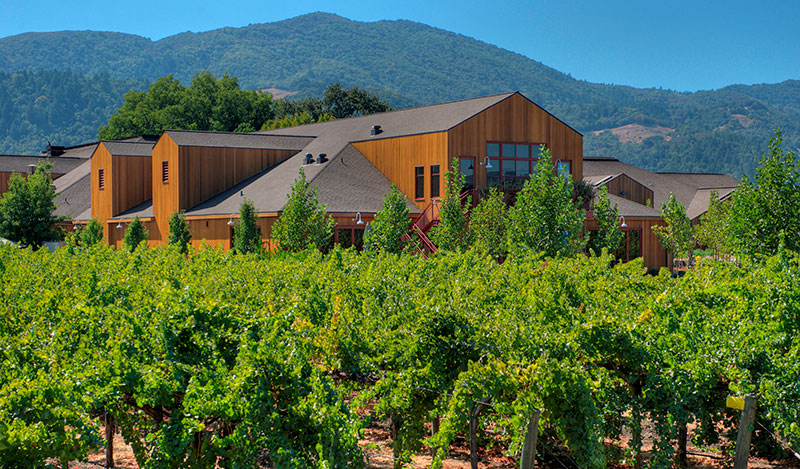 This highly respected family business has followed, according to Bruce, the path of trial and error, refining constantly since 1973. Working with the same parcels of land year after year gave clear insights into what worked for one group of vineyards and what didn’t. They were quick to invest in technology, starting with pH meters that Bruce describes as “just a dial that could swing a few points either way” to modern, infrared equipment that gives you “30 different analyses in 30 seconds”. Every possible use of technology is made to enhance the quality of the wines, and Winemaker Julianne Laks is known to keep abreast with latest developments at the seminars held at UC Davis. But this never takes away from the art of winemaking. Bruce’s view on the use of technology is simple: “The fastest and cheapest way to do an analysis is to taste the wine, and smell the wine.”
This highly respected family business has followed, according to Bruce, the path of trial and error, refining constantly since 1973. Working with the same parcels of land year after year gave clear insights into what worked for one group of vineyards and what didn’t. They were quick to invest in technology, starting with pH meters that Bruce describes as “just a dial that could swing a few points either way” to modern, infrared equipment that gives you “30 different analyses in 30 seconds”. Every possible use of technology is made to enhance the quality of the wines, and Winemaker Julianne Laks is known to keep abreast with latest developments at the seminars held at UC Davis. But this never takes away from the art of winemaking. Bruce’s view on the use of technology is simple: “The fastest and cheapest way to do an analysis is to taste the wine, and smell the wine.”  Julianne Laks has been winemaker for 28 years, with a history of 25 vintages, with which she works, the only non-family member to have held that position. She is known for her understanding of the vineyards, and her skill in crafting fine wines. She is also credited with formalizing the use of wine analysis and sensory evaluation to track vintage trends in each vineyard, knowledge that can be used to influence farming, harvest timing and fermentation procedures the following year. Stephanie Jacobs, assistant winemaker has been here 10 years. Bruce laughingly puts down the long careers people have with Cakebread to “chaining them to the barrels”, but quite simply, it is a shared passion for making high quality wines and always striving to learn and improve that draws out this degree of commitment from the team. Continuity translates into quality at Cakebread. “We don’t make a second label, or a lower priced wine,” he emphasizes, “we are making the best wine we can.”
Julianne Laks has been winemaker for 28 years, with a history of 25 vintages, with which she works, the only non-family member to have held that position. She is known for her understanding of the vineyards, and her skill in crafting fine wines. She is also credited with formalizing the use of wine analysis and sensory evaluation to track vintage trends in each vineyard, knowledge that can be used to influence farming, harvest timing and fermentation procedures the following year. Stephanie Jacobs, assistant winemaker has been here 10 years. Bruce laughingly puts down the long careers people have with Cakebread to “chaining them to the barrels”, but quite simply, it is a shared passion for making high quality wines and always striving to learn and improve that draws out this degree of commitment from the team. Continuity translates into quality at Cakebread. “We don’t make a second label, or a lower priced wine,” he emphasizes, “we are making the best wine we can.” 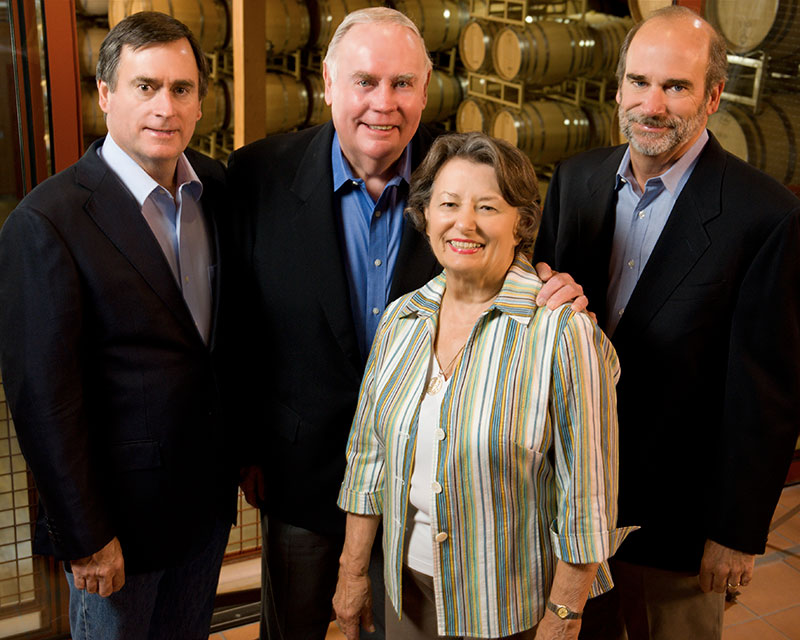
The original 22 acres of planted vineyards have expanded to 560, known for their Cabernet Sauvignon and Chardonnay, with noteworthy Single Estate labels that are being very well received. Given the licensing fee structures of overseas markets like India, Cakebread restrict their export labels to the Napa Valley Sauvignon Blanc, Napa Valley Cabernet and Chardonnay. It may well be a while before their Single Estate wines make their way over here, but currently, Bruce is excited with the reception that the Anderson Valley Two Creeks Pinot Noir is receiving for the very first (2012) vintage in the U.S., where the Dancing Bear Reserve Cabernet is also making its mark.
At the dinner hosted by the Leela Palace, Bengaluru, the wines presented were paired with Asian flavours, and in the case of the Cabernet Sauvignon, two vintages –the 2009 and 2012 –were chosen to allow the guests to experience the evolution of the wine, in the glass. Their wines have been described as food centric, and with good reason. Dolores Cakebread was responsible for co-founding the American Harvest Workshop that has been an integral part of the winery for almost three decades. “The idea,” explains Bruce, “is to get chefs to recognize a wine, and cook to it, instead of creating a plate and assuming a wine will go with it.” The attention to detail is admirable – Bruce goes on to describe how a group of five chefs may be given a common ingredient, such as venison, duck breast or antelope, and asked to prepare it in different ways, to be tasted by 20-25 people. These workshops build communities of wine drinkers and purveyors, encourage people to think differently about wines, and they can throw up some surprises. A few years ago, Chef Sujan Mukherjee from the Taj Bengal cooked with Indian spices at a Harvest Workshop. “Everyone assumed that the Sauvignon Blanc was the match made in heaven”, says Bruce, “but it was the Syrah and Chardonnay Reserve that proved to be the best matches for the food.”
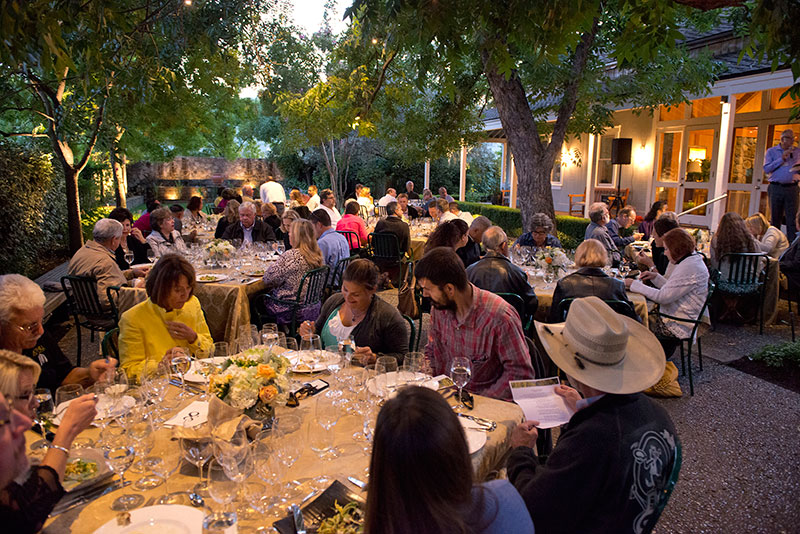
Bruce’s passion and commitment to the wines that he and his team produce have brought him to India every year for over a decade. He invests the same quality time in education and distribution here that grew their business in the U.S., reminding us that, in the early days they had to grapple with 52 states, all with their different liquor laws. He sees the winery as a great gift, one that his brother and he need to build on, but he sets it against the broader backdrop of Napa Valley itself where he feels, “a group of pioneers have left a great legacy,” and it is our responsibility to build on this great foundation and enhance its reputation.” Everything about Bruce Cakebread is understated, but the quiet determination to excel, to create the best comes out in the legacy of patience, persistence and a clear vision: “We’ve been in business for forty years, and we will be in business for another forty years. Napa is one of the great wine growing regions of the world, and we are making the best wines we ever have, now. We don’t just make wine, we make memories.”
This article appeared in Sommelier India, June-July 2015.
Image Credits: Cakebread Cellars

